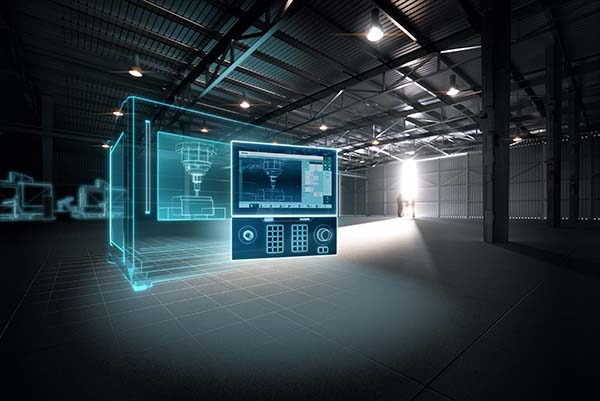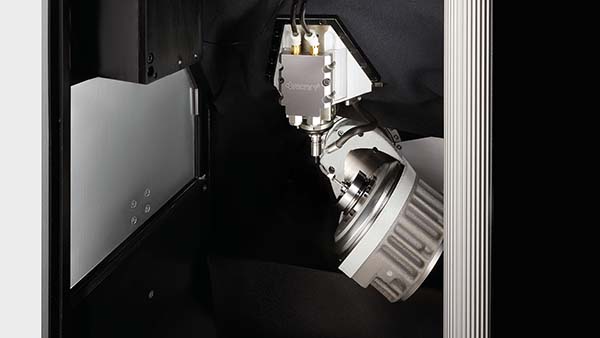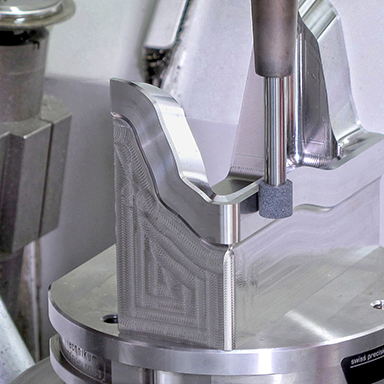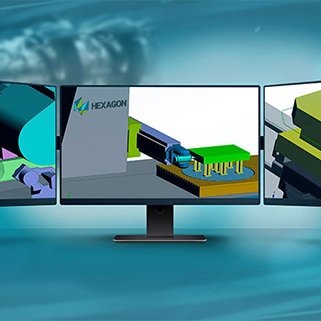
At EMO 2021 (4-9 October, Milan), Siemens will show two machines controlled with a single Sinumerik One control system: a five-axis milling centre and a robot-based additive manufacturing machine. With these two machines, it is possible to repair large gears, such as those used in wind turbines. At the show, Siemens will demonstrate how to mill the gear wheels flat, before using the robot to rebuild the teeth in an additive manufacturing process. Final precision grinding will take place on the five-axis milling centre. The repair – instead of new production – not only saves material resources, but reduces energy consumption by about 60%.
Sinumerik One is said to represent the core element for the digital transformation of the machine tool world. Thanks to the digital twin via ‘Create MyVirtual Machine’, both machines could be developed, tested and functionally approved in parallel long before the real machines were put into operation. Machine builders thus get to a better machine faster, while machine users arrive faster at the right workpiece.
With its Digital Enterprise portfolio, Siemens supports companies exactly where the current challenges lie. With the help of digital twins, such as Sinumerik One, and the use of future technologies like AI or edge computing, machine builders and users can collect, analyse and understand the data generated in a meaningful way. This capability allows them to react quickly and flexibly to challenges, and adapt their products and manufacturing processes to new requirements and save resources.
Siemens thus supports the machine tool industry in utilising the full potential of data for flexible and sustainable action.
For further information
www.siemens.com






















